Marketers reach out to Pinterest users by posting content that is too good to give up.
Why wouldn’t advertisers want to be on Pinterest, which has a user base of over 250 million?
Not to mention the fact that 90% of users claim they depend on the network’s content to make purchasing decisions.
Here on Daniels Hustle, we guide you on the simplest “How to’s” in marketing.
In this article, step by step, Daniels Hustle takes you through on How to do Marketing on Pinterest.
What exactly is Pinterest?
Pinterest is a social media site where users can discover, share, and save visually appealing content that they find inspiring, useful, or entertaining.
Users organize their favorite content by pinning it to boards with a common theme.
This allows other users to discover new content relevant to their interests.
Upload your business’ content from your computer or mobile device.
Pin content you find on the site.
Add content you find on the web using the Pinterest browser button to make the most of the platform.
Engagement is crucial.
Follow the boards of your friends and rivals.
“Like” and comment on other people’s Pins.
Re-Pin (or repost) posts, and use your Pins to share links to your website and blog.
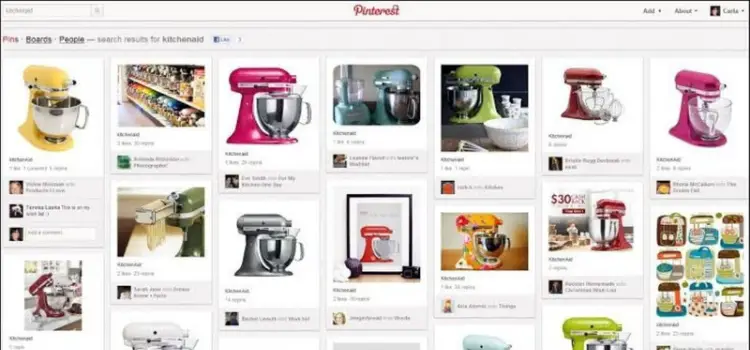
It’s important to remember that Pinterest has both personal and business accounts.
A business account gives you access to Pinterest Analytics as well as other features.
These features include a visual search tool and a native video player.
Also, the ability to run Pinterest ads if you want to, making it suitable for marketers.
Let’s take a look at some Pinterest marketing tactics that can help you increase your reach and effect on your target audience.
When it comes to marketing, there are a few things to keep in mind.
1. Get your content out there.
Pinners prefer and look for visual content, with 85 percent preferring it.
This makes Pinterest a more effective platform for distributing all forms of content, including written blog content.
Unlike on Instagram, Users can click on live links.
Pinterest boards are where you share content.
Boards save all of your Pins and distribute them to your followers for them to discover.
You can create as many boards as you want.
And, they can be grouped into themes, suggestions, plans, or different forms of inspiration.
All to help your audience find the information they need.
If you want other contributors to add content that suits your board’s theme, you can invite them to join your boards (which will transform your board into a “party board”).
This is a fantastic way to boost your profile’s engagement and interaction.
2. Create a sense of belonging.
Online communities put like-minded individuals together and act as useful business hubs.
With a Pinterest network, you would expect your followers and fans to connect with your boards.
There, consume your content, and visit your website, resulting in increased traffic.
Pinterest is used by over 335 million people every month.
You will create a loyal group of Pinterest users who could become customers by treating your Pinterest board as a two-way street through which you can communicate with and engage users (rather than a one-way billboard).

How to Increase your following on Pinterest
You can search for and add unique friends based on their name, Facebook account, and other identifiers.
However, this is time-consuming and makes it difficult to significantly expand your following.
Instead:
Use the methods mentioned below to expand your Pinterest fan and follower base.
- Use your other social media accounts to promote your Pinterest site.
- Join accounts you think will reciprocate your following.
- Keep an eye on what the rivals are doing to develop their following and pick up on their strategies.
- In your posts, use keywords and hashtags (we’ll go over these strategies in more depth later).
- To get the attention of their fans, ask influencers to re-post some of your material.
- To run ads on Pinterest, you’ll need to purchase a Pinterest ads account.
3. Educate Customers.
Tutorials, infographics, how-tos, and links to additional educational content abound on Pinterest.
It’s a strong channel for educating and engaging consumers because of its proclivity for visual content.
Keep your target audience in mind when creating and posting content for your Pinterest profile and marketing to users.
You want to make sure you’re sharing content on Pinterest that appeals to your target audience, existing clients, and buyer personas in the same way you would when creating new products.
Thereby, improving your branding, or posting to other social networks.
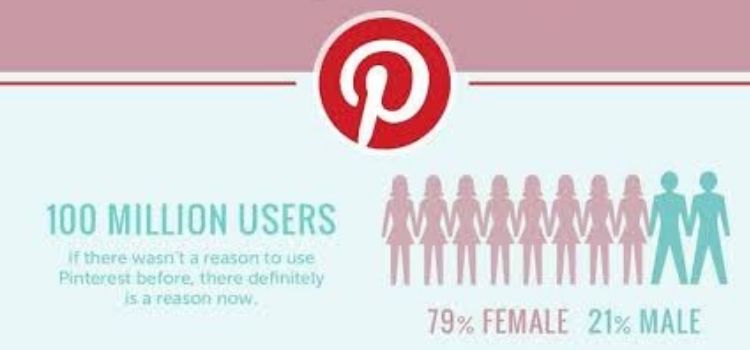
This can be accomplished through numerous ways:
- Determine which types of content will be most useful and appealing to your buyer personas.
- On Pinterest, conduct a survey and ask your current customers and followers for input on what they want from your business.
- Examine what your rivals are doing well (or poorly) to inspire you to come up with new ways to distribute your content and make it stand out.
- View the boards of your existing fans and clients to get a better idea of who your audience is and what they care about.
4. Increase the number of visitors to your website and the amount of money you make online.
Unlike Instagram, Pinterest allows you to connect your visual content to another website — in this case, your own.
You can use this function to share both written and visual content while also directing users back to your website.
This is an effective addition to marketing because it can also increase online sales.
Many brands use Pinterest to share content when showcasing product photos.
By incorporating Pinterest into your website, you’ll be able to easily guide traffic from one of your web pages to your Pinterest profile.
This allows your leads and customers to start browsing your content (and hopefully following you!) in seconds.
Marketing Techniques for Pinterest
- Create a business account.
Create a Pinterest business account to promote to your target audience.
As previously mentioned, this free account gives you access to Pinterest Analytics (which we’ll go over in more depth later) as well as other useful marketing features including a profile that clearly states you’re a business, Pinterest tag, and Pinterest widgets.
You can turn your Pinterest account into a Pinterest business account without losing any of your content or work if you already have one.
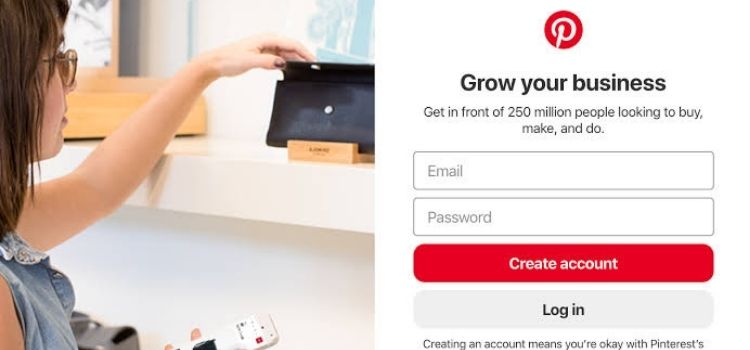
Note: If you want to improve your business account and run advertisements on Pinterest, you can do so by updating your account — and setting up your payment system, since this part of Pinterest is not free — and using the site’s Ads Manager to target your audience more aggressively.
- Sort the content into the appropriate categories.
Your Pins and boards will become more searchable for users searching for content related to your company if you choose the correct category for them to be posted in.
Users may use Pinterest to check for particular categories or simply go to the “Categories” section of any profile to see all content relevant to the subject they’re looking for.
Travel, health and wellness, and beauty are among the most common Pinterest categories.
- Make use of one-of-a-kind images and videos.
Pinterest, like other social media platforms, has a large number of photographs and videos.
You’ll want to make sure that not only are you sharing photos and videos that will help you promote your brand and sell your products/services but that they also stand out from the others on the site.
Why would a customer prefer you over your competitors if you don’t pursue them?
Here are a few things you can do to make sure you’re sharing amazing, original visual content on Pinterest:
- Use branded images without people in them; these get 23 percent more Pins on Pinterest than those with people in them.
- To promote your goods and business, create and share branded videos. 75% of Pinterest users claim they’ll watch branded videos about subjects they’re interested in.
- If you have the money, use the Promoted Video feature on Pinterest.
- Share images and videos of your items in use so that audiences can visualize themselves using them.
- Avoid using too much blank (or white) space in your images; images with 30% less blank space in the background are more likely to be pinned.
- Create videos that are 30-90 seconds long since they have been proven to work best.
- Make separate boards to share examples of your company’s most useful data visualizations and infographics if you have them so that your audience can use them as tools for their own companies.
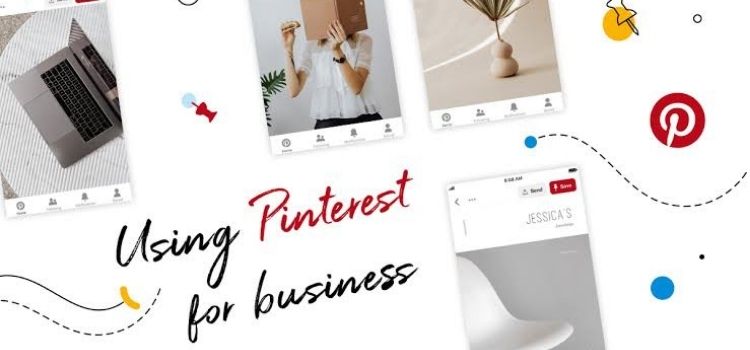
- Make use of keywords.
You’ll be more likely to appear organically in users’ feeds and searches if you use keywords in your profile, tweets, Pins, and boards. Pinterest’s keywords and phrases are linked to the niches that users are looking for.
If you sell suitcases, for example, you could include keywords and phrases like “vacation” or “going on a holiday” in your profile and Pins.
When a user searches for one of those keywords, your profile and photos of your suitcases will show up in their feeds.
Here are some places on Pinterest where you can insert keywords to increase your chances of ranking organically through search:
- Biographical details and profile
- Pinned Descriptions
- Titles of the boards
- Descriptions of the boards
- Image-Alt-Text.
If you decide to pay for Pinterest ads, you can also use the platform’s keyword targeting feature to help you hit your target audience with your ads.
- Use hashtags in your posts.
Another great way to organically sell to and meet the target audience is to use hashtags, which are keywords and phrases followed by the “#” symbols.
Hashtags on Pinterest function the same way they do on most other social media platforms (such as Instagram), and when used properly, they make your content more searchable.
Hashtags are used on Pinterest to help users find Pins and boards for a particular subject they’re looking for.
When users click on a hashtag you include on a Pin, they’re taken to a page where they can see all of the content tagged with that hashtag that has ever been shared on the site.
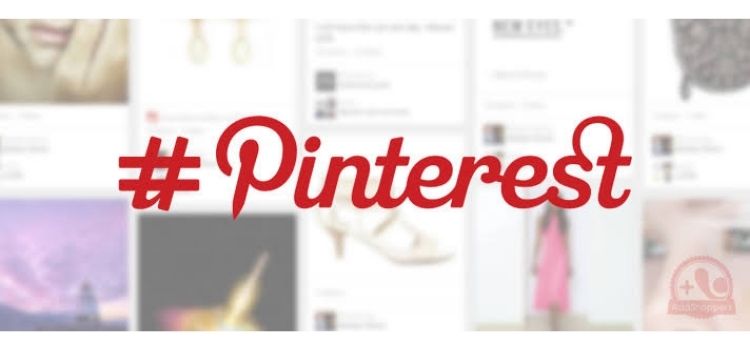
To ensure the greatest amount of exposure, include hashtags in your Pins, boards, and supported content (if applicable).
- Make your content available on other social media platforms.
To increase your chances of being seen and followed, share your Pins, images, and videos in other places to promote your Pinterest account and content.
You can, for example, assert your business’ Pinterest account on Instagram, Etsy, and YouTube so that your followers can quickly learn about your other channels and how they can see more of your content.
Furthermore, saying your account will give you access to analytics and data on all of these Pins, allowing you to see which other networks your audience is interested in.
You can also connect your Pinterest account to your Facebook and Google accounts so that you can quickly add and find friends, share content across networks, and backup your profile in case you lose or forget your password information.
- Communicate with other accounts by following, engaging, and interacting with them.
You can start and maintain personal relationships with other Pinterest users and their accounts by following and interacting with them and their accounts.
This form of interaction has the ability to instill a sense of loyalty in your followers, causing them to return to your profile for motivation, ideas, and product purchases.
Here are four ways that your Pinterest marketing strategy will help you develop deep and enduring relationships with your target audience:
- Follow new accounts of users who express or demonstrate an interest in the work your business does and the content you publish.
- Re-pin, like, and comment on the content that your fans and followers post.
- To personalize their experience on your profile and make them feel understood, respond to the messages your followers leave on your content.
- Create engaging posts that demonstrate your business experience, teach your followers how to do something, or engage them in a conversation (in a giveaway or contest for example).
- Make the most of social media best practices.
Follow the same social media best practices on Pinterest as you would on other social media platforms.
Remember to connect and communicate with your fans, post to (and update) your account on a regular basis, and avoid overt self-promotion that feels forced on your audience.
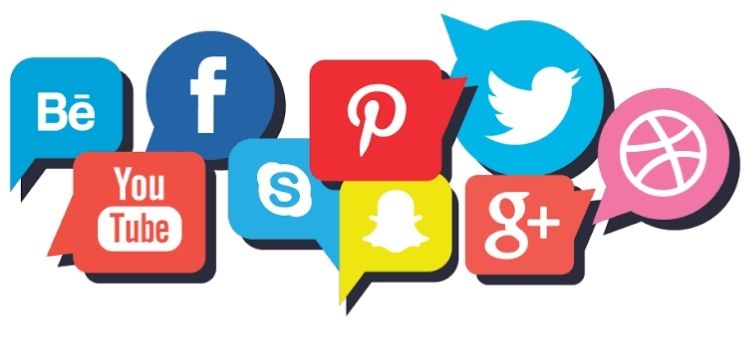
You may also concentrate on the following four best practices to increase Pinterest participation.
- Encourage your fans to mention your business in their posts (and maybe offer to repost them or re-Pin their content if they do).
- Give your audience a reason to follow and connect with you, as well as build posts highlighting your goods and branding, by offering a contest.
- To keep your audience coming back to your profile, give them discount codes, discounts, and information about your newest items and updates to existing ones.
- Ascertain that your content is beneficial and useful to your target audience — all content should have an objective and/or context.
- Examine your results.
If you’re spending too much time and money on Pinterest marketing, it’s fair to say you’ll want to make sure your efforts boost your business’s conversions and brand recognition.
So, to keep track of your referral traffic, a number of engagements leads produced, and anything else you’re interested in learning more about, you’ll need to evaluate the results of your Pinterest marketing efforts.
Pinterest Analytics is the simplest and easiest way to do this.
Pinterest Analytics gives you access to four different varieties of data:
- Metrics that apply to your entire profile.
- Information about how many people save and re-Pin your stuff.
- Platform analytics will help you figure out how users connect with your content on a desktop or mobile device.
- Information on your most famous Pins.
Start promoting your business on Pinterest.
Pinterest is a powerful marketing tool that can help you build long-term relationships with your target audience and customer personas while organically increasing brand recognition, conversions, and sales.
Following the Pinterest marketing techniques, we discussed and leveraging the available tools and services to help you succeed as a business on the site will help you achieve all of these goals for your company.
So, create a business account on Pinterest and start producing creative and entertaining content to market to your customers and followers.



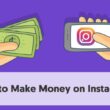

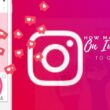
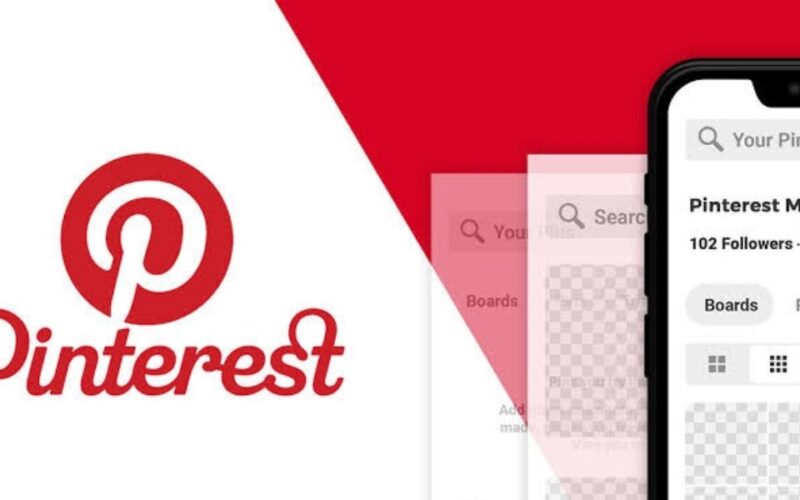







Great information. Pinterest is one of my favourite. As you mentioned here Pinterest is a social media platform. I believe that Pinterest is a Search engine. Because I use this platform as a search engine. And it also perform like search engine. So after Google Pinterest is my favourite search engine.
Most people do choose youtube as the number 2